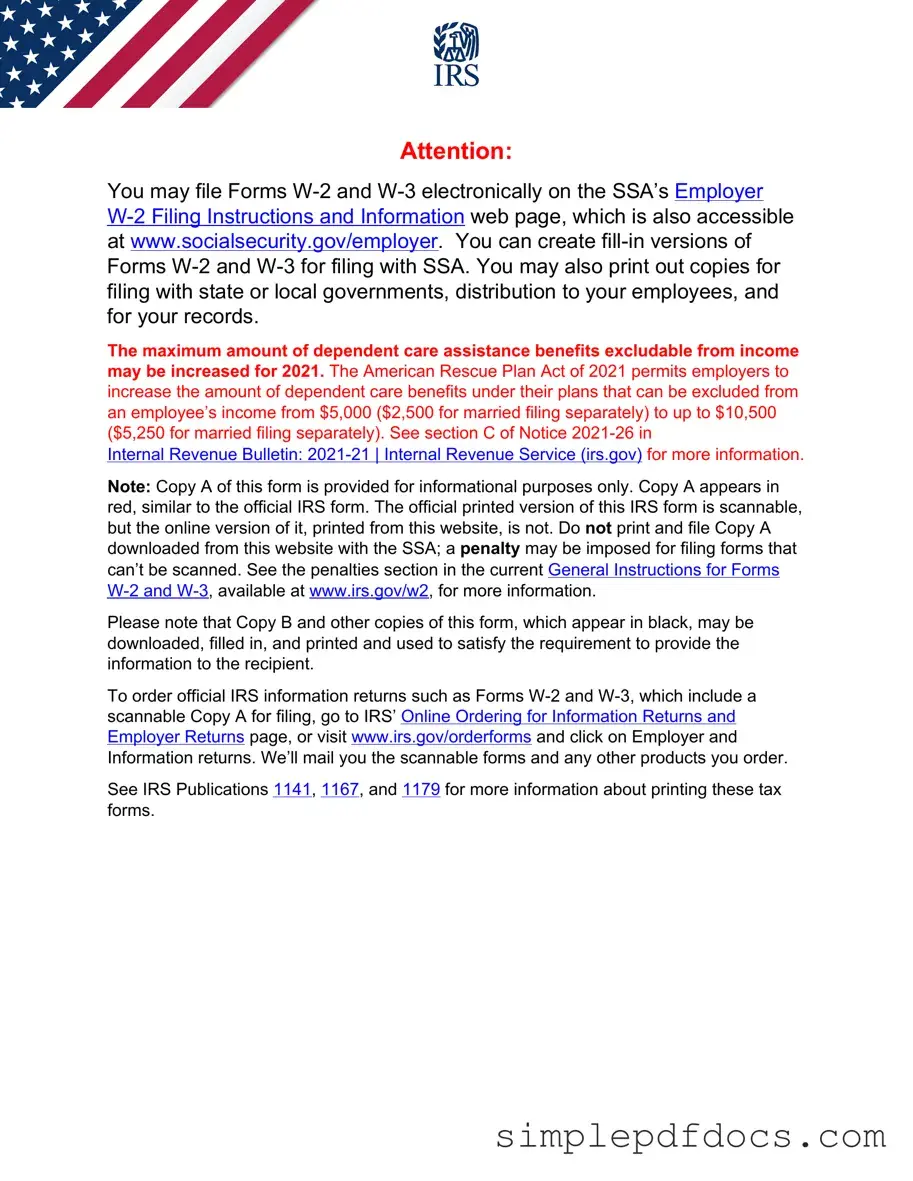The IRS W-3 form plays a crucial role in the annual tax reporting process for employers and the Internal Revenue Service. This form serves as a summary of all W-2 forms issued by an employer for a given tax year, providing a comprehensive overview of the total wages, tips, and other compensation paid to employees. Additionally, it outlines the total amount of federal income tax withheld, Social Security wages, and Medicare wages. By submitting the W-3, employers ensure that the information reported on individual W-2 forms aligns with the IRS's records, facilitating accurate tax processing and compliance. It is important for employers to complete this form accurately and submit it alongside the W-2 forms to avoid penalties and ensure their employees’ earnings are properly reported. Understanding the significance of the W-3 form is essential for both employers and employees, as it impacts tax filings and the overall accuracy of income reporting in the United States.
